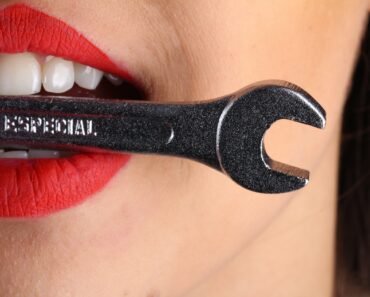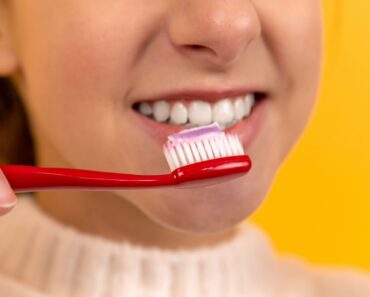Like most people, you probably had a wisdom tooth removed at some point in your life. After the tooth is removed, the dentist will leave a piece of gum flap behind to help heal and protect the area. What do you do with it once you get home? Here are a few tips on how to take care of the flap and keep your mouth healthy.
Rinse your mouth with warm water after surgery to help remove any blood or debris
When you undergo a surgical procedure such as wisdom tooth removal, it’s essential to take steps to promote rapid healing and reduce the risk of infection. One simple yet effective way to do this is by rinsing your mouth with warm water after surgery. This will help remove any excess blood or debris lingering in the oral cavity, protecting vulnerable tissue and keeping your wounds clean and free from infection. Additionally, rinsing shortly after surgery can help to lessen any pain or discomfort associated with the procedure. So if you’re recovering from oral surgery, follow your dentist’s post-op instructions and rinse with warm water after each meal or snack. By doing so, you can ensure a quick and comfortable recovery!
Gently use a Q-tip or gauze pad to clean the gum flap (be careful not to disturb the sutures)
Gently use a Q-tip or gauze pad to clean the area where the sutures used during the extraction process were placed. Just be sure to proceed with care, as it’s important not to disturb the sutures themselves. Doing so could lead to complications such as fluid buildup or even infection. With regular cleaning and good care, you can help prevent damage or discomfort at this vulnerable site and ensure your recovery goes as smoothly as possible. So if you’re looking for a simple but effective way to preserve your gum flap health after wisdom tooth removal, follow these steps and see how effective they can be!
Apply a thin layer of petroleum jelly to the gum flap and cover it with a bandaid
After your surgery, a thin layer of petroleum jelly should be applied to the gum flap and gently covered with a bandaid. This helps to protect the area from dirt and bacteria that can cause infection and inflammation. Additionally, keeping the area covered will help to keep out any food particles that may get stuck in the gap. By taking these simple steps, you can ensure that your loose gum flap heals quickly and smoothly after your surgery. So if you are dealing with an open gum flap after removing your wisdom teeth, remember to apply a thin layer of petroleum jelly and cover it with a bandaid for optimal healing.
Conclusion
Regarding your dental health, you must speak with your dentist if you have any questions or concerns. This may include bleeding from the gums, a sore or painful jaw, persistent bad breath, or unexpected pain following a procedure. And remember, regular checkups and cleanings will help you maintain excellent dental health and reduce your risk of developing more severe problems over time. So if you are worried about your teeth or gums, talk to your dentist and get the help you need. After all, keeping your smile healthy is well worth the effort!
References
Sigron GR;Pourmand PP;Mache B;Stadlinger B;Locher MC. (2014). The most common complications after wisdom-tooth removal: part 1: a retrospective study of 1,199 cases in the mandible. Swiss Dental Journal, 124(10). https://pubmed.ncbi.nlm.nih.gov/25342545/






